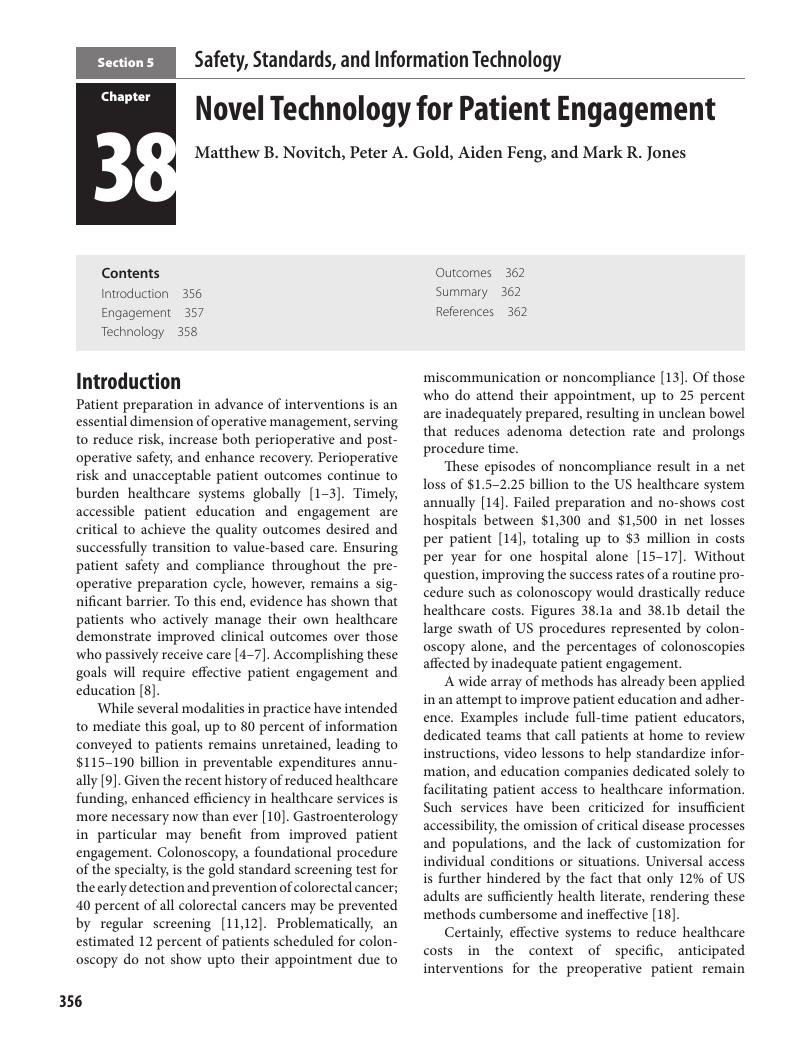Book contents
- Operating Room Leadership and Perioperative Practice Management
- Operating Room Leadership and Perioperative Practice Management
- Copyright page
- Dedication
- Contents
- Contributors
- Foreword 1
- Foreword 2
- Preface to the Second Edition
- Section 1 Leadership and Strategy
- Section 2 Economic Considerations, Efficiency, and Design
- Section 3 Surgical and Anesthesia Practice Management
- Section 4 Nursing
- Section 5 Safety, Standards, and Information Technology
- 30 The Joint The Joint Commission, CMS, and Other Standards
- 31 Procedural Sedation
- 32 Medical Informatics in the Perioperative Period
- 33 Simulation as a Tool to Improve Patient Safety
- 34 Education in Operating Room Management
- 35 Organizations Dedicated to and Current Overview of Enhanced Recovery After Surgery
- 36 Checklist Utility in the Perioperative Care Environment
- 37 Anesthesiology Disaster Management and Emergency Preparedness
- 38 Novel Technology for Patient Engagement
- Index
- References
38 - Novel Technology for Patient Engagement
from Section 5 - Safety, Standards, and Information Technology
Published online by Cambridge University Press: 16 November 2018
- Operating Room Leadership and Perioperative Practice Management
- Operating Room Leadership and Perioperative Practice Management
- Copyright page
- Dedication
- Contents
- Contributors
- Foreword 1
- Foreword 2
- Preface to the Second Edition
- Section 1 Leadership and Strategy
- Section 2 Economic Considerations, Efficiency, and Design
- Section 3 Surgical and Anesthesia Practice Management
- Section 4 Nursing
- Section 5 Safety, Standards, and Information Technology
- 30 The Joint The Joint Commission, CMS, and Other Standards
- 31 Procedural Sedation
- 32 Medical Informatics in the Perioperative Period
- 33 Simulation as a Tool to Improve Patient Safety
- 34 Education in Operating Room Management
- 35 Organizations Dedicated to and Current Overview of Enhanced Recovery After Surgery
- 36 Checklist Utility in the Perioperative Care Environment
- 37 Anesthesiology Disaster Management and Emergency Preparedness
- 38 Novel Technology for Patient Engagement
- Index
- References
Summary

- Type
- Chapter
- Information
- Publisher: Cambridge University PressPrint publication year: 2018

